Choosing your weapon in DnD 5E is a critical part of character building, but honestly, it can be quite confusing. Many weapons do similar things in 5E and have similar qualities, and each weapon has properties that could make it more or less enticing, depending on the type of player you are.
If you’re worried that any weapon in 5E isn’t good enough, don’t fret. Almost every weapon in the game—except for the Net or Blowgun—can realistically be viable for any character. That said, if you’re looking for every advantage you can get, we have a few tips for you.
The best weapons of each type in DnD 5E
This article uses information compiled by Reddit user Miss_Permafrost, whose guide to bestiaries informs many of the decisions written here. Weapons only do bludgeoning, piercing, or slashing damage, of course, but getting a leg up on the competition is a good idea.
Best two-handed weapons
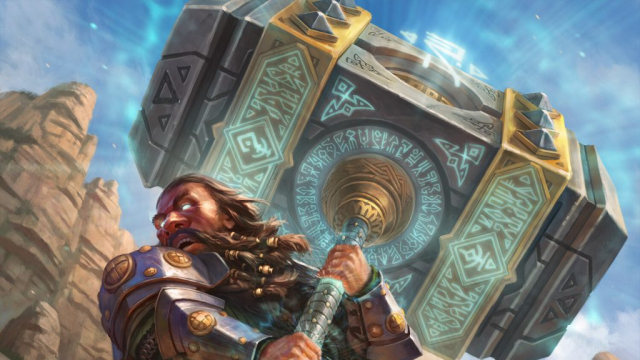
In terms of which weapon you should prioritize for a two-handed warrior, the Maul provides the best of everything. Bludgeoning damage is very slightly better than the other two physical damage types, if you look at official bestiaries. The Maul also does 2d6 damage, which is optimal for the Great Weapon Fighting Style since you are more likely to get the reroll that Great Weapon Fighting allows.
For pure Barbarians that want to get the most out of Brutal Critical, the Greataxe is the only realistic option. It’s the only melee weapon that gets a 1d12 that isn’t the Lance. The Lance is just a bit too clunky to use reliably, as it attacks with disadvantage against any target within five feet of you. Considering that five feet is where a Barbarian wants to be, negating your own Reckless attack doesn’t sound great.
For people looking to abuse Polearm Master, the Pike is technically the strongest. The Pike is the same as the Glaive and Halberd, but does piercing damage instead of slashing. Piercing is slightly less likely to be resisted than slashing in the core monster manuals.
If using Eberron: Rising from the Last War, the hard-to-find Double Bladed Scimitar allows for a bonus action attack that deals reduced damage. That said, it’s a free bonus action to attack again, which would normally take a feat. This extra hit lets it outpace the Scimitar’s technically worse damage type by a mile for most character builds.
Best one-handed weapons
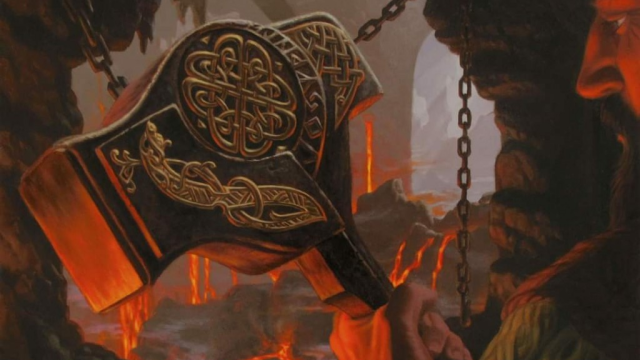
For someone looking to crack heads, the Warhammer is your best option.
Similar to the line of thinking for the Maul, the Warhammer is more likely to attacking against vulnerable skeleton targets and less likely to be resisted or straight-up ignored than a Longsword. It beats out a Flail thanks to its Versatile (1d10) property and outpaces utility-based weapons in its category due to its sheer numbers. 1d8 is strong for a Dueling Fighter, since most weapons that have more interesting properties roll d4s for damage instead.
Best finesse weapons
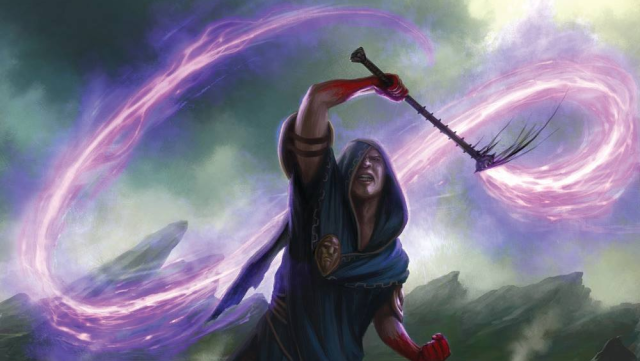
The Rapier is the strongest Finesse weapon in 5E, though the Whip is close behind.
The Rapier, like the Warhammer, hits the hardest at 1d8. It’s one-handed so you can use a shield, though it lacks any properties outside of Finesse.
The Whip comes close because it has Reach. By being five feet away, a Rogue can Sneak Attack a target from afar and then retreat without needing to Disengage, or a Finesse Fighter can deal damage from a distance without worrying about clogging up a fight.
A Dagger works similarly, allowing a character to throw it instead of having to engage in melee combat. This runs into the problem of losing the Dagger after you throw it, but the extra range can be nice.
The only issue with these two weapons are their 1d4 damage. That dice might not seem too much smaller than 1d8, and it isn’t, since they only deal two less damage on average and four less damage on a critical hit. Two damage adds up over the course of a long fight, though. Especially for a class like a Ranger that can hit upwards of three or four times per turn.
Best light weapons for dual-wielding
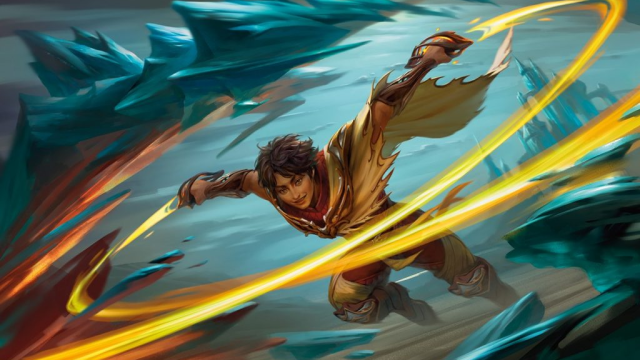
The Shortsword is technically the best weapon for dual-wielding in 5E. Piercing damage is slightly more effective than the Scimitar’s Slashing damage, and the Club—the only light bludgeoning weapon—deals 1d4 damage and doesn’t have Finesse.
Other d6 options don’t have Finesse but usually replace it with the Thrown property, like the Handaxe. That can work for Strength builds, though dual-wielding characters get quite a lot out of Dexterity to begin with.
The Hooked Handspear, a weapon from Out of the Abyss, allows the attacker to deal zero damage to instead trip the defender, which is an interesting alternative. For a dual-wielding Ranger, the ability to trip someone before a flurry of attacks can be a good damage option.
Best ranged weapons
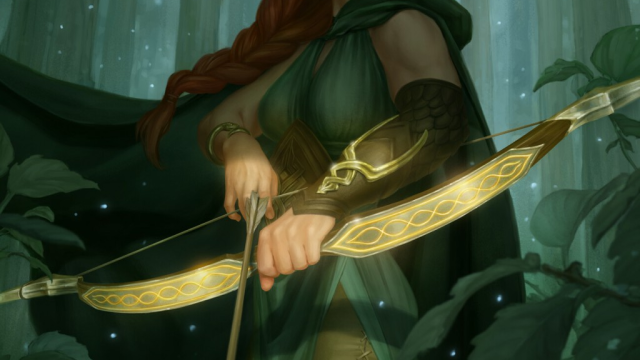
If you’re looking for a simple, effective weapon that deals damage from afar, the Longbow is going to be your best friend. It has massive range, deals 1d8 damage, and doesn’t have the Crossbow’s annoying loading property that prevents extra attacks.
If you plan on removing the loading property through the Crossbow Expert feat, then you should plan to dual-wield Hand Crossbows. While removing the loading property could theoretically let you use Heavy Crossbows with Extra Attack, it becomes difficult to use the bonus action of Crossbow Expert while using a two-handed weapon. And that extra attack is another opportunity to use Sharpshooter or just deal your Dexterity modifier in damage again, which is straight-up devastating to a single target.
Best thrown weapons
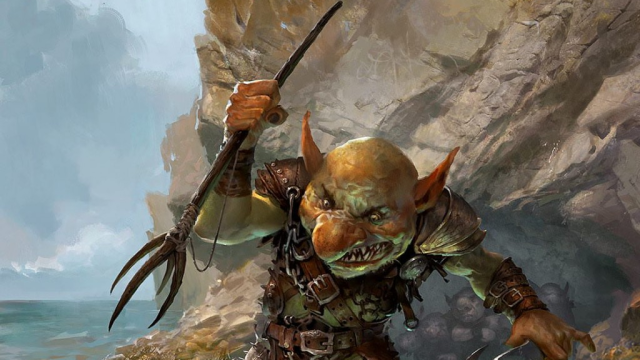
The strongest thrown weapon in the game is the Dagger. The Dagger is a valid melee weapon that can use Dexterity for attack and damage rolls. Even if you use Strength, its solid range and universal utility—being one of the few applicable weapons for underwater combat, for example—makes it very useful for any toolkit, not just thrown weapon users.
If you plan on using Strength, then the Trident becomes better. It deals high damage at a d6, and also has the Versatile (1d8) property, letting it deal extra damage for those who dedicate both hands to it. Sadly, you cannot use the Versatile property while throwing, so this is more for an emergency melee combat situation where you need the extra damage.
The Net gets an honorable mention for being one of the few ways that a martial character can access the Restrained condition, and also a dishonorable mention for having a five-foot range. You basically have to throw this thing at disadvantage. Still, it’s worth considering as an off-hand option.
Best non-heavy weapons for Small characters

Unfortunately, Small characters have to deal with the Heavy quality dropping their attack rolls, vastly lowering their damage potential during some specific scenarios; specifically, ranged combat and two-handed melee combat. One-handed weapons suit Small characters fine, as none of them have the Heavy property.
For your two-handed weapon, a Small character can use the Lance. Lances still deal a d12 of damage, making them possible to abuse with the Barbarian’s Brutal Critical. They also have the Reach property, letting the Small character control an obscene amount of space around them. That lance is 10 feet long and your Gnome is holding it like a champion.
However, if you dislike the advantage while adjacent to enemies—and we don’t blame you for that—you can instead just two-hand a Warhammer and be mostly fine. 1d10 isn’t that far off of 1d12 and you have the additional versatility of one-handing it and holding a shield for when combat gets gummy.
Small creatures can use the Polearm Master feat, but you’re basically stuck with Spears if you want a non-heavy option. That’s fine, since Spears let you use Polearm Master and a Shield, making them a consideration for Polearm Masters of all shapes and sizes.
As for your ranged option, you’re best off with Hand Crossbows and the Crossbow Expert feat. Hand Crossbows aren’t heavy—unlike that stupid Longbow—and the bonus action will let you keep up with or surpass the damage of a single bow shot, anyway.
If you don’t want to invest in the feat, and your DM is a nice guy, you can go for the Light Repeating Crossbow instead. This option lets you keep the 1d8 damage that the Longbow is known for, but at the cost of a massive reduction in range and a “clip” of six shots before you need to spend an action to reload.
If those caveats are too much, then you’re stuck with the Shortbow, which is a longbow with less range and damage. 80 feet will still clear most fights, though, so you just have to worry about dealing one less average damage compared to your Medium sized contemporaries.
This property is annoying to deal with. No wonder BG3 doesn’t have it.


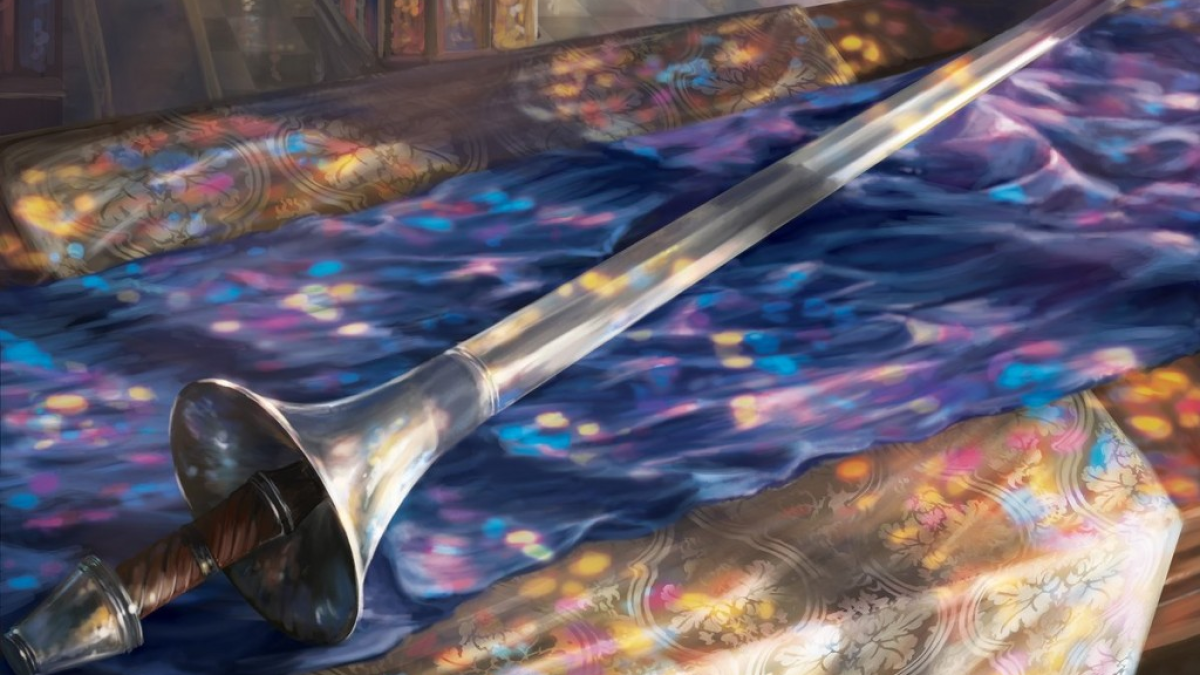
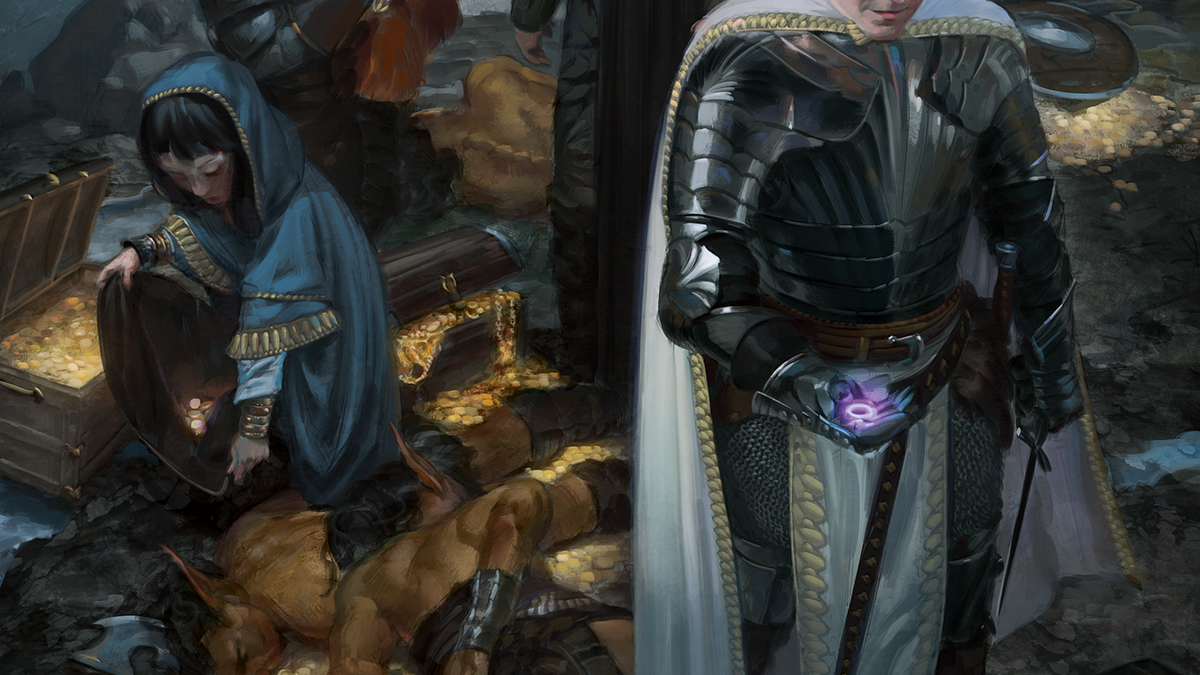
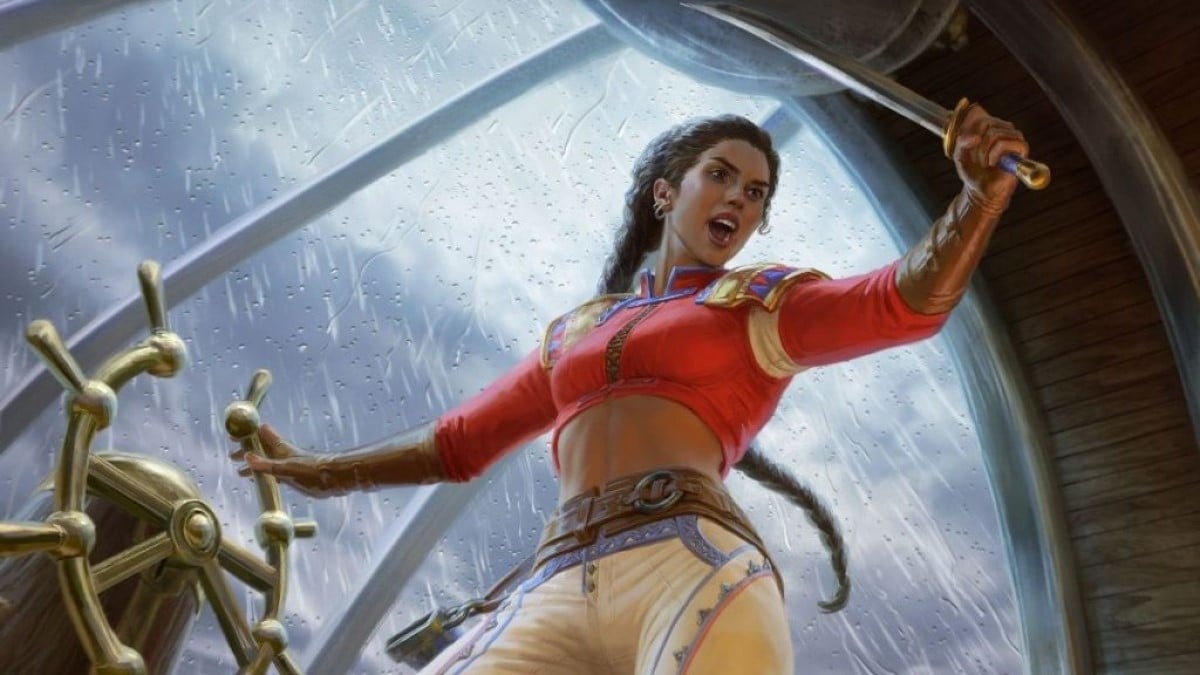

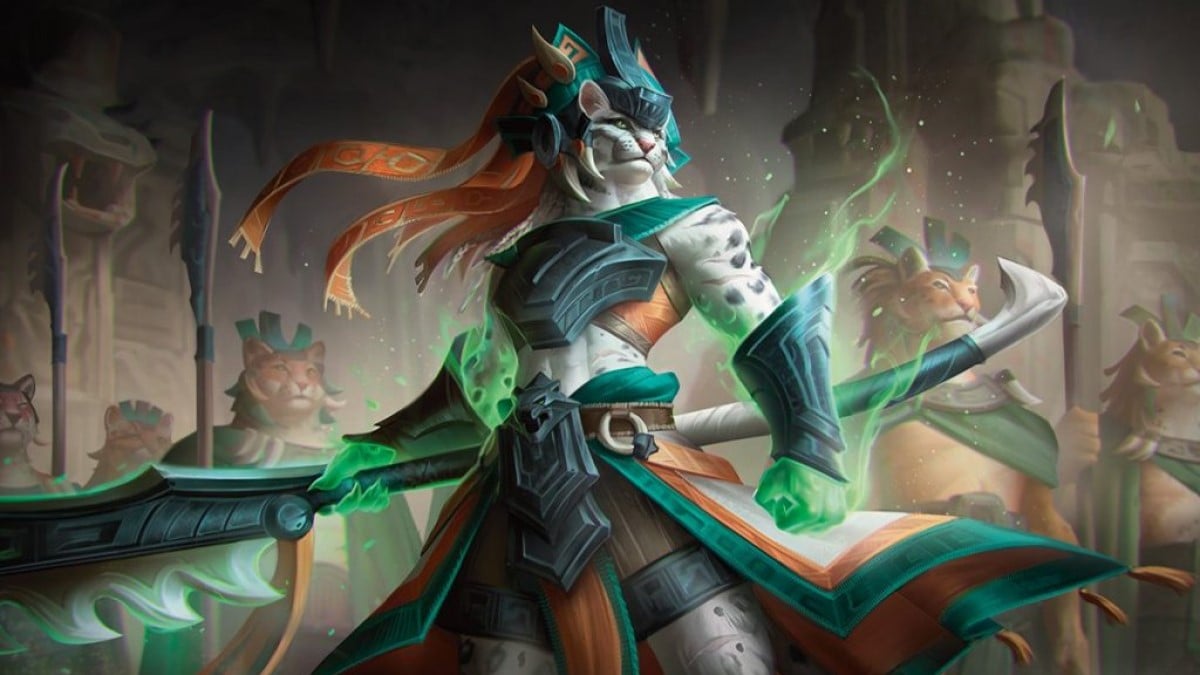
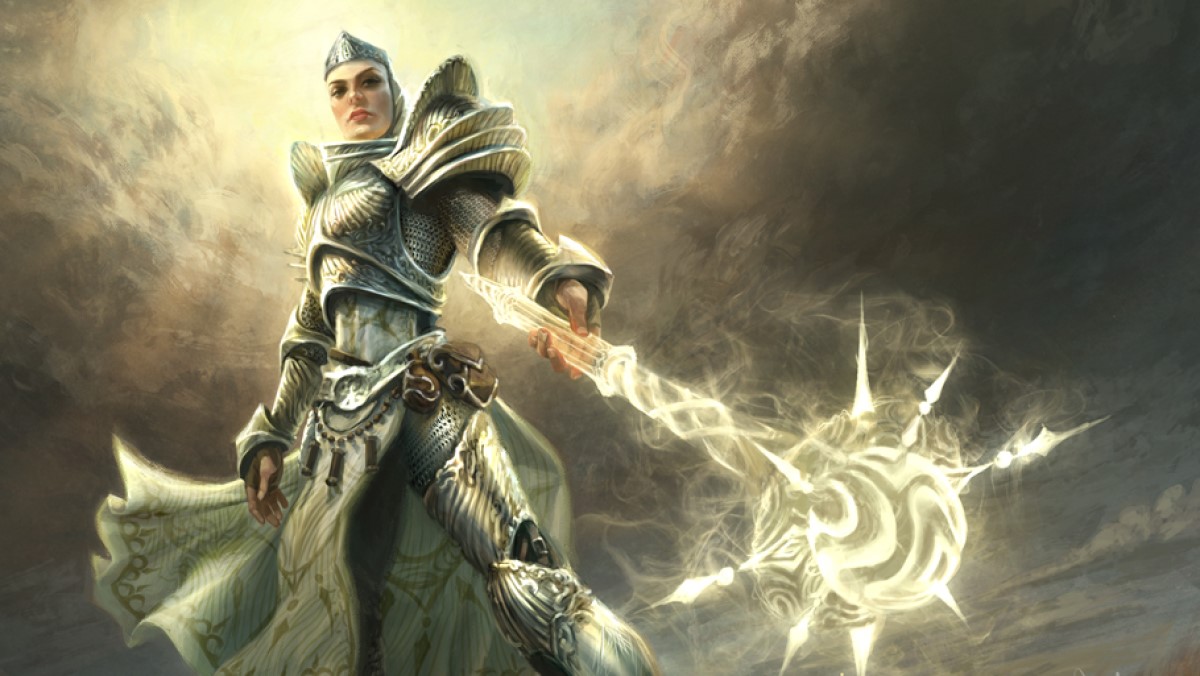

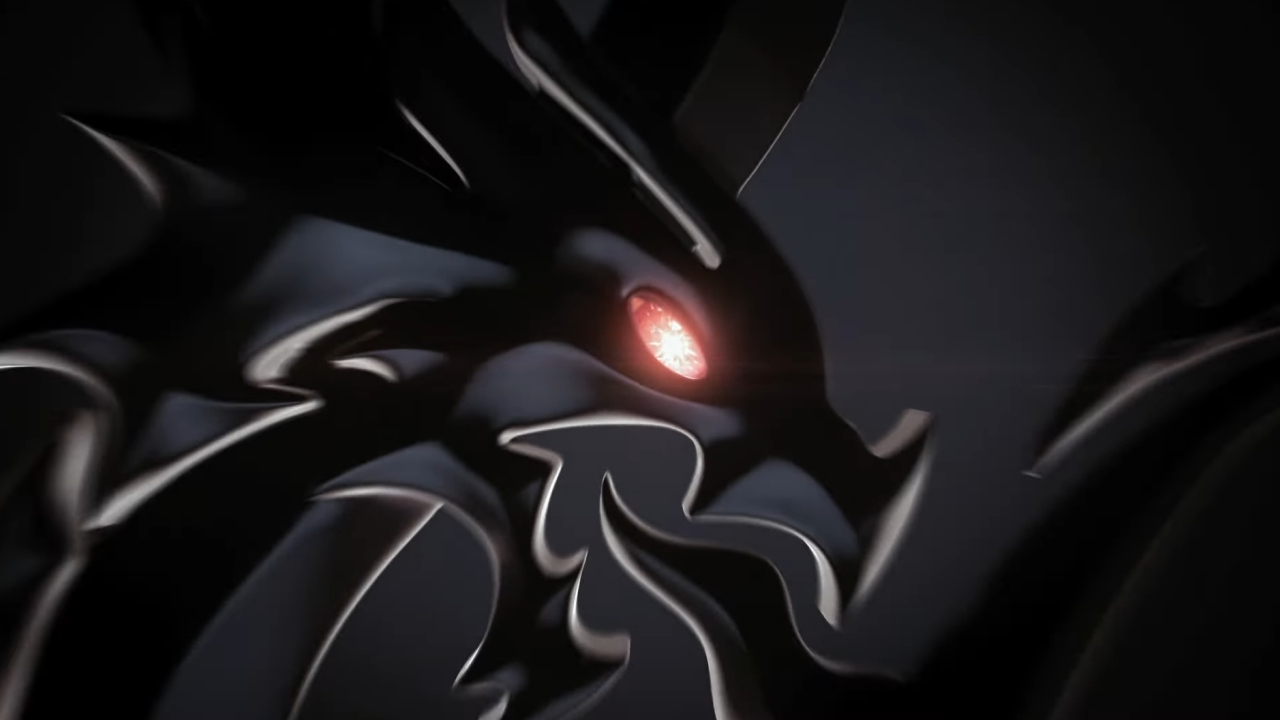
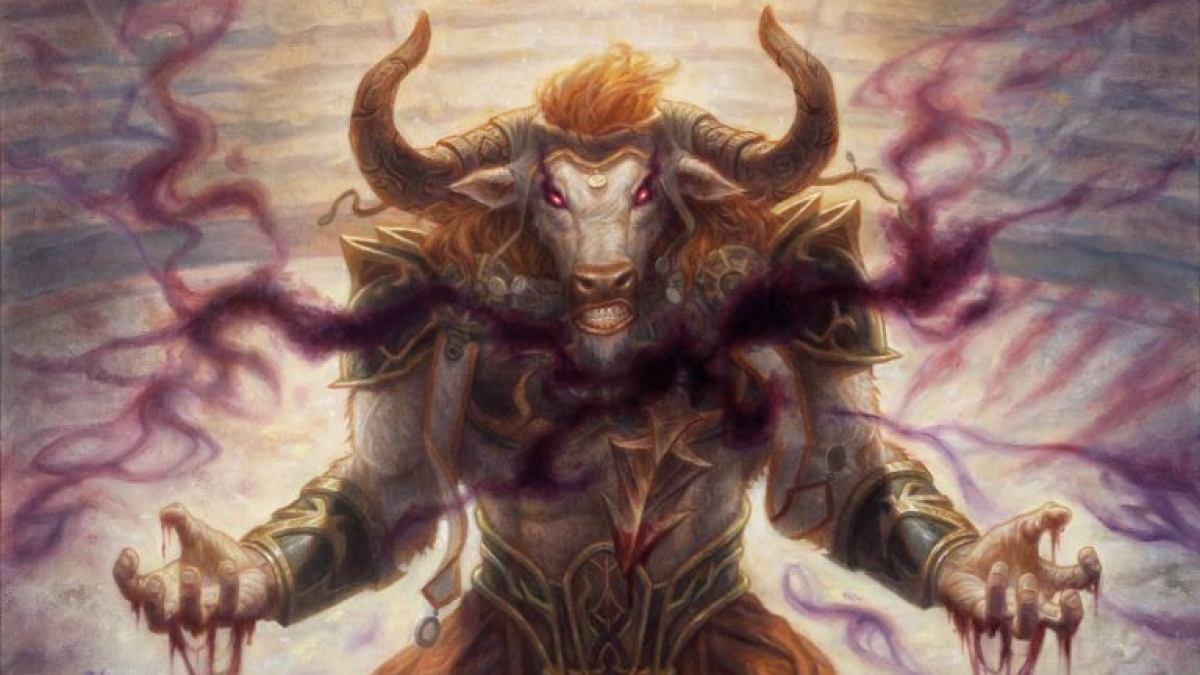
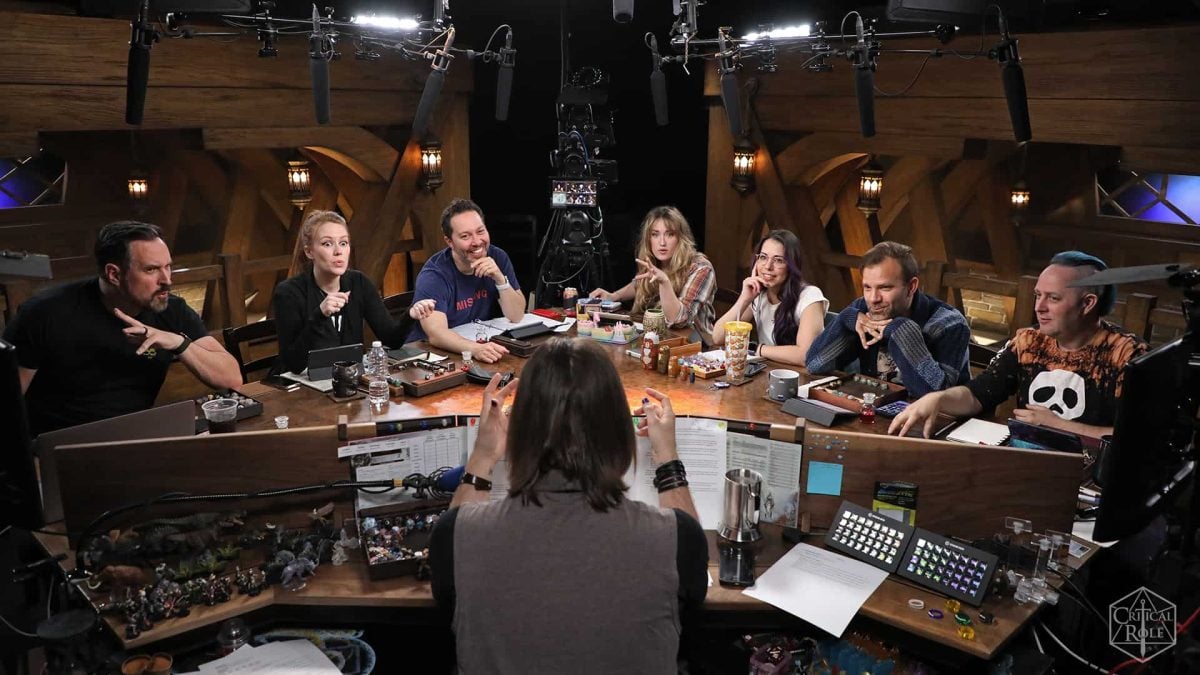
Published: Nov 5, 2023 07:39 am